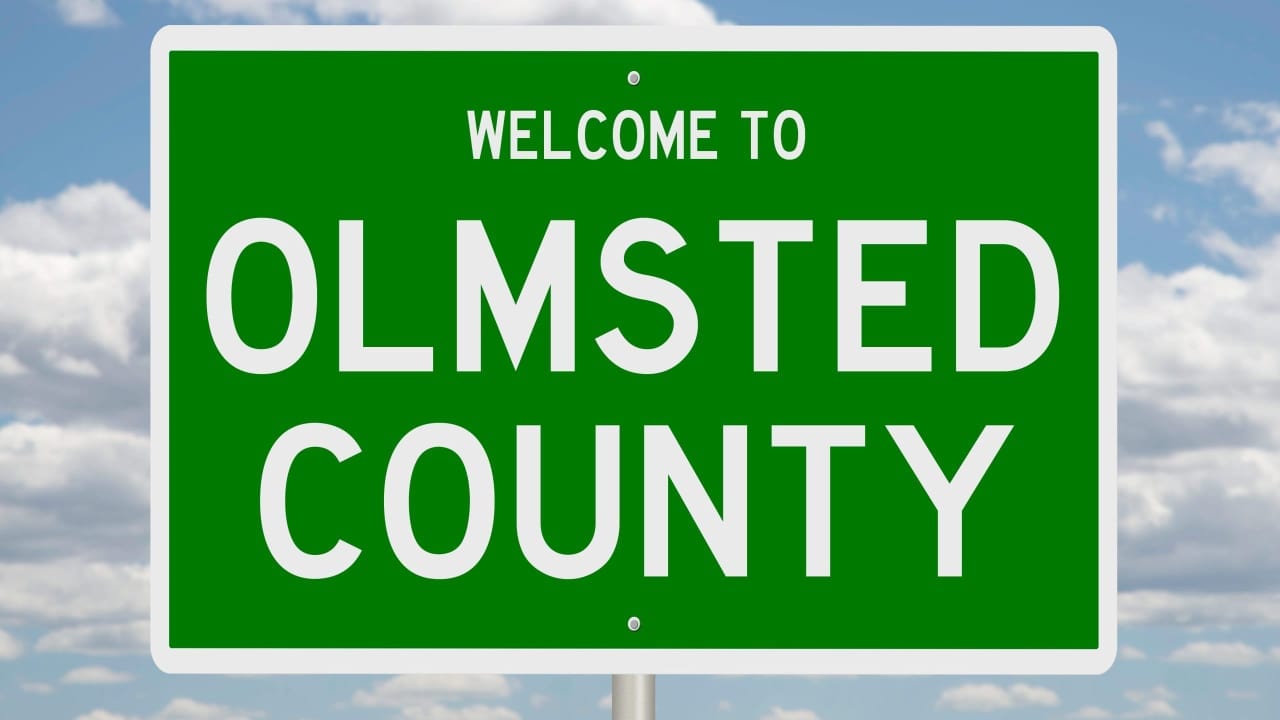We bring news that matters to your inbox, to help you stay informed and entertained.
Terms of Use and Privacy Policy Agreement
WELCOME TO THE FAMILY! Please check your email for confirmation from us.
The recommendations provided to Olmsted County officials in Minnesota cover many social problems, including improving homeownership, housing access and mental health treatment.
Research indicates that racism has a physical impact on the body, ranging from health issues and memory decline to a higher risk of premature death from exposure to air pollution than other populations and income groups.
Following more than two years of fact-finding and community meetings that culminated in a report released last fall, Olmsted County staff members in Minnesota are looking to address the racism issue after denouncing it as a public health concern in 2020. According to The Star Tribune, the county is starting to implement 42 recommendations that could enhance public health outcomes for residents of color.
The main goal is to remove barriers for the region’s Blacks, Indigenous people and other minority groups.
Will Ruffin, Rochester Public Schools’ director of equity and engagement, reportedly sees the county’s efforts as a chance to increase regional efforts to give families access to housing, substance use treatment and mental health services.
“If we can come at it like a full-court press, I think we will start to see some of that change,” Ruffin said, according to The Tribune. “People won’t feel like it’s lip service because it will be all around us instead of just in our individual sector.”
The recommendations cover many social problems, including improving homeownership, housing access and mental health treatment. It also mentions more representation on advisory boards and assistance with expunging low-level criminal histories that can hinder someone from obtaining a job or apartment.
In the United States, people of color are more likely than white people to experience health issues for various reasons. According to a 2018 University of Minnesota analysis, the prevalence of diabetes and kidney disease is 1.5 times higher among Black people than it is among the general population, and it is three times higher than among Asian people and four times higher than among Native Americans.
Approximately 7% of the 163,000 people that live in Olmsted County are Black. But as of July 2022, they represented around 35% of the county’s confirmed COVID-19 cases.
Residents of color also experience greater financial inequality than white residents, making health care access more challenging. A 2021 report found that 54% of people of color and 32% of white people experience financial stress. Nearly 40% of Black people in Olmsted County live in poverty, the report says.
Olmstead officials want to change those outcomes by tackling various social services gaps. County officials intend to revamp their data collection procedures to ensure more families of color can access its programs, among other things.
“There may be barriers that we haven’t dug deep enough yet to find,” said county management analyst Leigh Durbahn, the Tribune reported, “that are going to impact some of those decisions.”
Durbahn said that before the county develops new programs or initiatives for residents of color, staff employees must identify how they are already addressing some of the recommendations.
TheGrio is FREE on your TV via Apple TV, Amazon Fire, Roku and Android TV. Also, please download theGrio mobile apps today!

